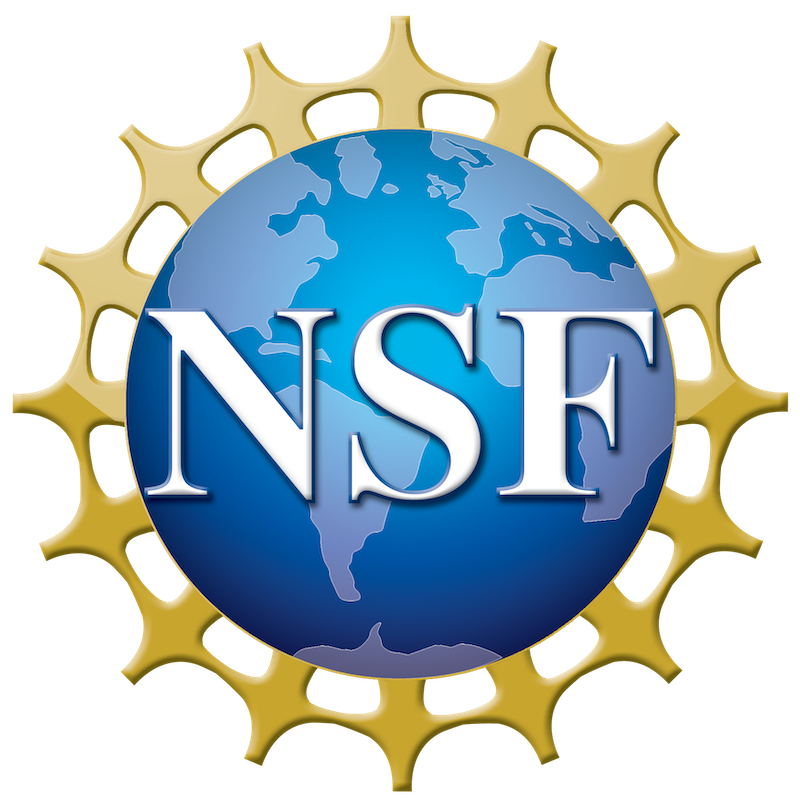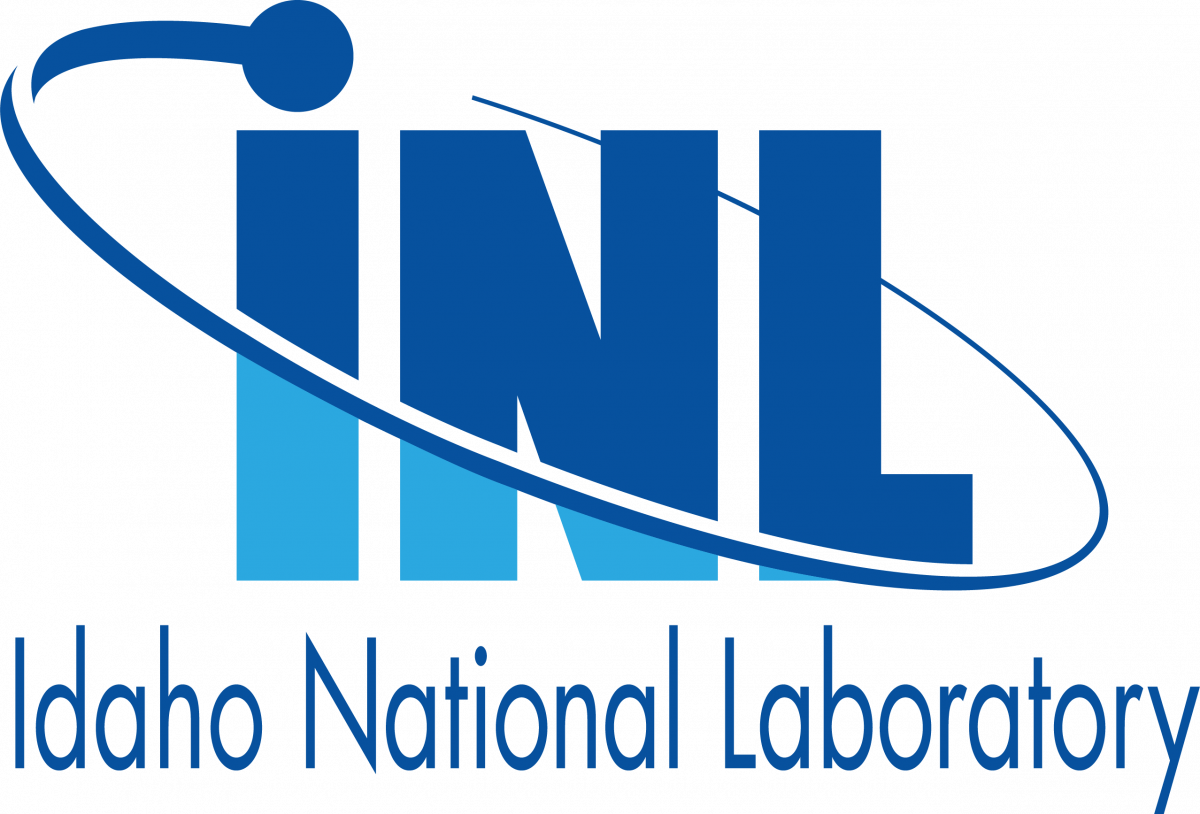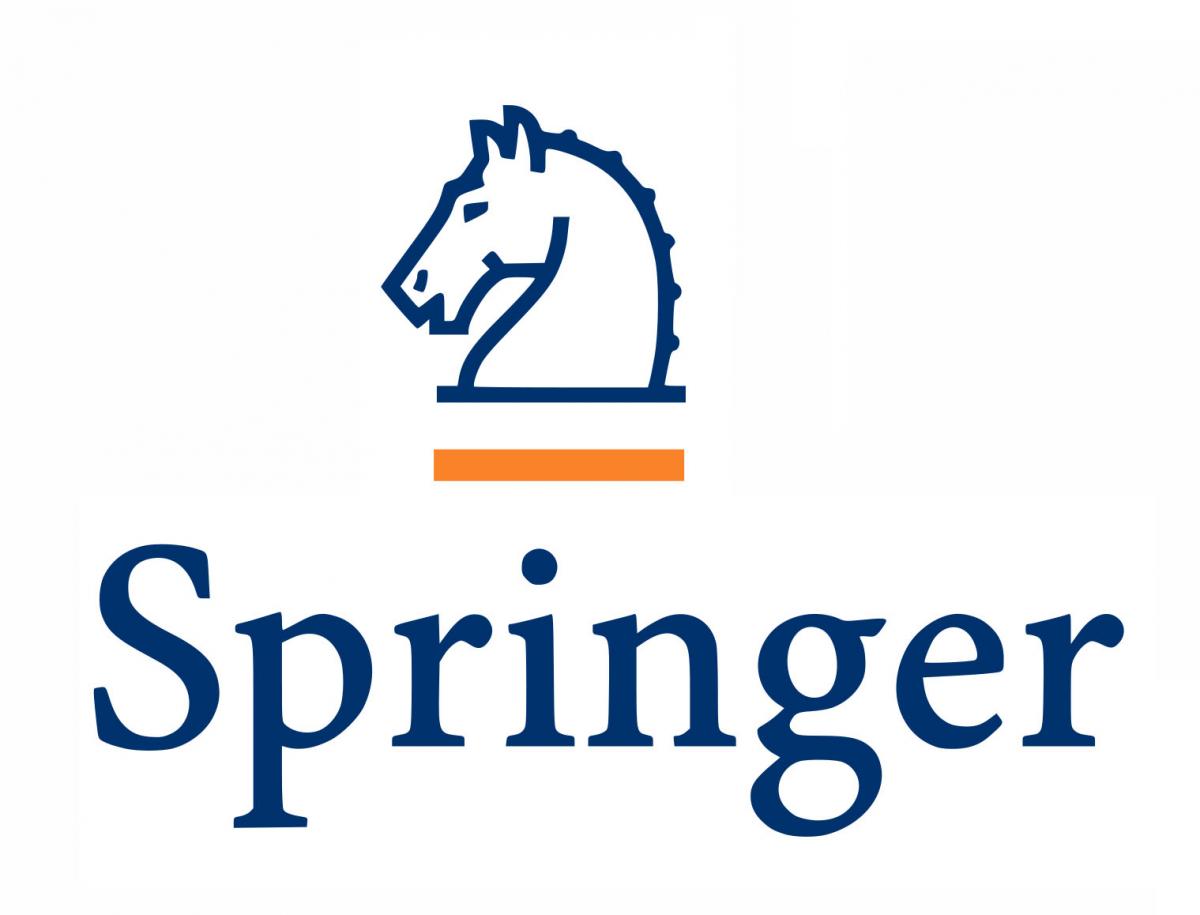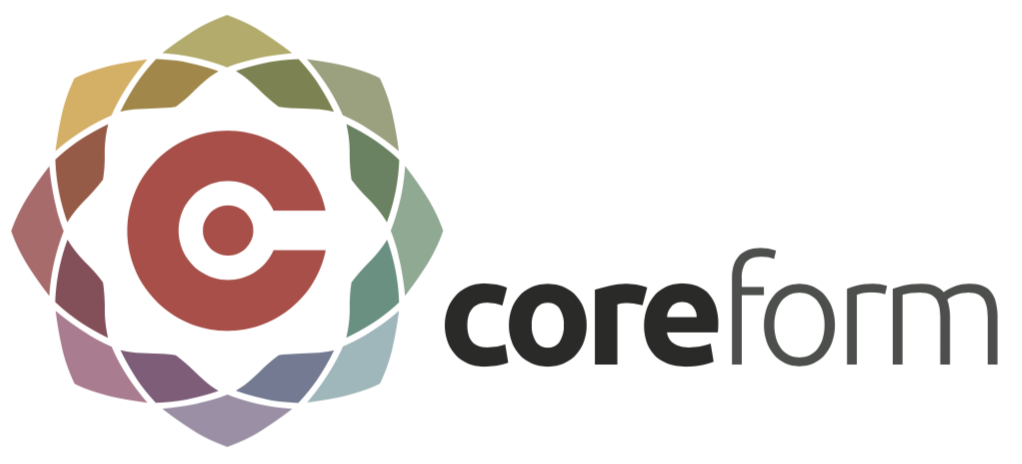Summary:
The importance of Machine Learning in Computational Mechanics has dramatically grown in the last 5 years. Despite impressive progress, replicating our community's data-driven research results remains a challenge because we lack open-source and user-friendly frameworks. This short-course is focused on an overview of the data-driven process in Computational Mechanics and the corresponding open-source Framework for Data-Driven Design & Analysis of Structures & Materials (F3DASM) [1].
The framework integrates
- Design-of-experiments, where input features describe the microstructure, properties and external conditions of the system.
- Computational analyses, where a material response database is created.
- Machine learning, where we either train a surrogate model to fit our experimental findings.
- Optimization, where we iteratively improve the model to get an optimum design.
At the end of this short-course you will be able to replicate the results of a couple of research articles from the literature [2, 3] and, more importantly, be able to use different tools to perform new data-driven investigations to pursue your own research endeavor. Therefore, the learning objectives are:
- Reviewing the data-driven process for computational mechanics;
- Learning how to use F3DASM with the methods that are already implemented by following in-class tutorials;
- Learning how to contribute with new methods for future projects of your interest; hence, contributing to the open-source project.
The F3DASM framework, the latest syllabus and content of the short-course is available on the F3DASM GitHub page (https://github.com/bessagroup/f3dasm).
Program:
|
Duration |
Description |
|
1h00 |
Part 1: Introduction to the F3DASM framework
|
|
10 min |
Break |
|
1h30 |
Part 2: Practical session – fundamentals of the framework
|
|
10 min |
Break |
|
1h30 |
Part 3: Setting up a computational experiment design
|
|
10 min |
Break |
|
1h30 |
Part 4: Practical session – constitutive law prediction for composites
|
|
Closing Remarks |
|
Programming: Tutorials are in Python. Tutorials will be done with the help of Google Colab, therefore no installation is required other than having a Google account.
References:
[1] Bessa, M. A., Bostanabad, R., Liu, Z., Hu, A., Apley, D. W., Brinson, C., Chen, W., & Liu, W. K. (2017). A framework for data-driven analysis of materials under uncertainty: Countering the curse of dimensionality. Computer Methods in Applied Mechanics and Engineering, 320(April), 633–667. https://doi.org/10.1016/j.cma.2017.03.037
[2] Bessa, M. A., Glowacki, P., & Houlder, M. (2019). Bayesian Machine Learning in Metamaterial Design: Fragile Becomes Supercompressible. Advanced Materials, 31(48), 1–6. https://doi.org/10.1002/adma.201904845
[3] Dekhovich, A., Turan, O. T., Yi, J., & Bessa, M. A. (2022). Cooperative data-driven modeling. 1–13. http://arxiv.org/abs/2211.12971











